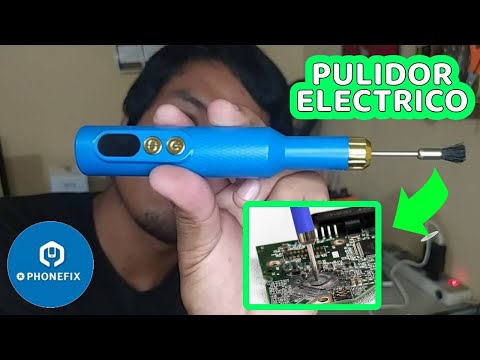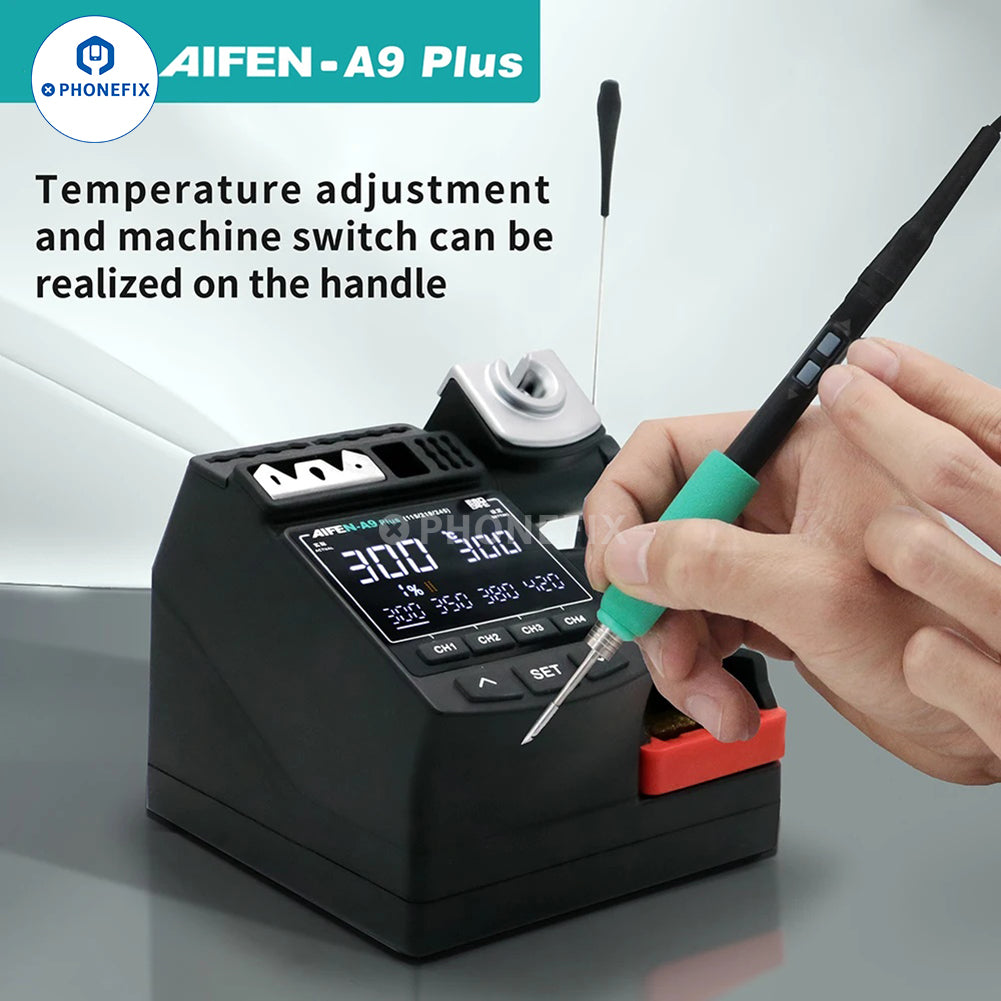The Middle Layer Rebelling Platform is a specialized tool in mobile phone repair, designed specifically for handling complex repairs at the mid-board level of a device. Given the increasing intricacy of modern smartphones, which incorporate multiple layers within the mainboard, this platform has become essential for technicians.
2. What is the Middle Layer Rebelling Platform?
The Middle Layer Rebelling Platform is a technical platform primarily used to repair and replace components on the middle layer of a smartphone’s mainboard. This layer often holds critical connections, chips, and circuits essential for phone functionality. Unlike basic repair tools, this platform enables precision work on micro-soldering and chip rebelling processes, allowing technicians to rework, replace, or rebuild connections without compromising the device’s stability.
For example, when a smartphone suffers water damage, certain connections on the middle layer may corrode, causing issues like display malfunctions or connectivity drops. The platform allows technicians to isolate, remove, and reapply tiny solder balls on the damaged area, restoring functionality with precision.
3. Why Middle Layer Repair is Essential in Mobile Devices
Smartphones today use multi-layered mainboards to optimize space and enhance functionality. The middle layer of these boards often houses critical circuits and microchips related to essential functions such as display, touch, connectivity, and processing.
Damage to this layer can lead to a range of issues.
Physical Impact: A phone drop may cause damage that disrupts connections or cracks components on the middle layer, causing device malfunctions.
Thermal Stress: Overheating from extended use or software-intensive applications can affect solder joints on this layer, weakening connectivity.
Water Damage: Water infiltration can corrode connections, creating micro shorts on the middle layer, leading to issues in performance and device stability.
Without a dedicated platform for mid-layer repairs, technicians risk damaging other delicate components or connections within the device. Hence, the Middle Layer Rebelling Platform ensures these repairs can be conducted efficiently and safely.
4. How the Middle Layer Rebelling Platform Works
The Middle Layer Rebelling Platform operates through a precise sequence of steps, designed to minimize damage while maximizing repair accuracy. Here’s a breakdown of the core processes:
De-soldering: Technicians begin by carefully removing the solder connections on damaged components. The platform uses controlled heat application, ensuring minimal risk to nearby components. De-soldering allows for removal of faulty chips or compromised solder joints on the middle layer.
Re-balling Process: Using a stencil and the platform’s precision tools, technicians apply a series of tiny solder balls (or “rebell balls”) to recreate the necessary connections. These solder balls allow for stable reattachment of chips and improved connectivity in the repaired section.
Re-soldering and Reassembly: With the new connections in place, the technician re-solders the area, securing chips and components. The platform’s heat control minimizes the risk of damaging adjacent layers, which is especially critical when working with stacked components.
Each of these steps demands accuracy, as even minor mistakes can affect the device’s functionality. The platform’s advanced control over temperature, alignment, and precision placement ensures that repairs are conducted effectively.
5. Advantages of Using the Middle Layer Rebelling Platform
The Middle Layer Rebelling Platform brings significant advantages to mobile device repair:
Precision and Accuracy: Its design and features allow technicians to achieve a high degree of precision, essential when working on delicate components. Accurate rebelling and re-soldering help ensure device longevity post-repair.
Improved Efficiency: Repairing the middle layer can be time-intensive. This platform reduces time by providing streamlined steps and automated support, allowing technicians to complete complex repairs faster.
Reduced Risk of Damage: Unlike traditional tools, this platform minimizes risks such as accidental damage to adjacent layers or components. The platform’s heat and placement control prevent common mishaps associated with mid-layer repairs.
Enhanced Quality of Repairs: By enabling stable connections through professional rebelling processes, the platform ensures a longer-lasting repair, reducing the chances of further issues with the same components.
6. Challenges and Limitations
Despite its advantages, using the Middle Layer Rebelling Platform presents certain challenges:
Technical Skill Requirement: The platform requires advanced skills, as technicians must have a solid understanding of micro-soldering and rebelling. Inexperienced technicians may struggle to achieve optimal results.
Temperature Control: Working on delicate middle-layer components involves precise temperature management. Any deviation can lead to overheating, potentially damaging other layers or components, and thus requires a technician’s careful oversight.
Cost of Equipment: The Middle Layer Reballing Platform represents a considerable investment for repair shops. Given the technology’s cost and maintenance requirements, it may not be accessible for smaller repair businesses, limiting its usage to specialized service centers.
Compatibility Limitations: Not all devices are suited for repairs with this platform. Some smartphones have proprietary designs or configurations that make middle-layer access challenging, requiring additional tools or workarounds.
7. Practical Applications
Real-world applications highlight the platform’s effectiveness in specific repair scenarios:
Water Damage Recovery: Technicians have used the platform to successfully repair corroded connections in phones affected by water damage. By isolating and replacing damaged solder balls on the middle layer, they were able to restore devices to full functionality.
Restoring Connectivity in Damaged Phones: Cases where a dropped phone had internal connectivity issues, such as broken Wi-Fi or signal connections, demonstrated the platform’s ability to reestablish essential connections without impacting other layers.
Improved Efficiency in High-Volume Repairs: In high-demand repair centers, the platform has proven to reduce turnaround times by making middle-layer repairs faster and more reliable, enhancing customer satisfaction and operational efficiency.
Middle Layer Reballing Platform: Everything You Need to Know
Diyfixtool Ci
Popular posts
-
 How to Slove with Charging Paused Battery Temperature too Low?Battery TemperatureSep 16, 2024
How to Slove with Charging Paused Battery Temperature too Low?Battery TemperatureSep 16, 2024 -
 How to Resolve iPhone Non-Genuine Battery Pop-up with i2C KC02S?Battery Pop-upMar 06, 2024
How to Resolve iPhone Non-Genuine Battery Pop-up with i2C KC02S?Battery Pop-upMar 06, 2024 -

-
 7 Ways To Fix Charging Stopped Phone Temperature Is Too LowCharging IssueMay 20, 2022
7 Ways To Fix Charging Stopped Phone Temperature Is Too LowCharging IssueMay 20, 2022 -
 Cell Phone Repair Technician's Workstation Setup Ideas & ToolsPhone Repair BusinessDec 23, 2023
Cell Phone Repair Technician's Workstation Setup Ideas & ToolsPhone Repair BusinessDec 23, 2023
PHONEFIX HOT SALE


PHONEFIX
PHONEFIX Polish Grinding Pen PCB Board BGA Chip Removing Repair
Sale priceFrom $0.99 USD
Regular price$2.59 USD
In stock

PHONEFIX
AIFEN A9 Plus Digital Display Soldering Station With T210/245/115 Handle
Sale priceFrom $75.55 USD
Regular price$86.99 USD
In stock

PHONEFIX
188W GaN Charger Phones Laptops PD3.1 Fast Charging Station
Sale price$35.99 USD
Regular price$38.99 USD
In stock





